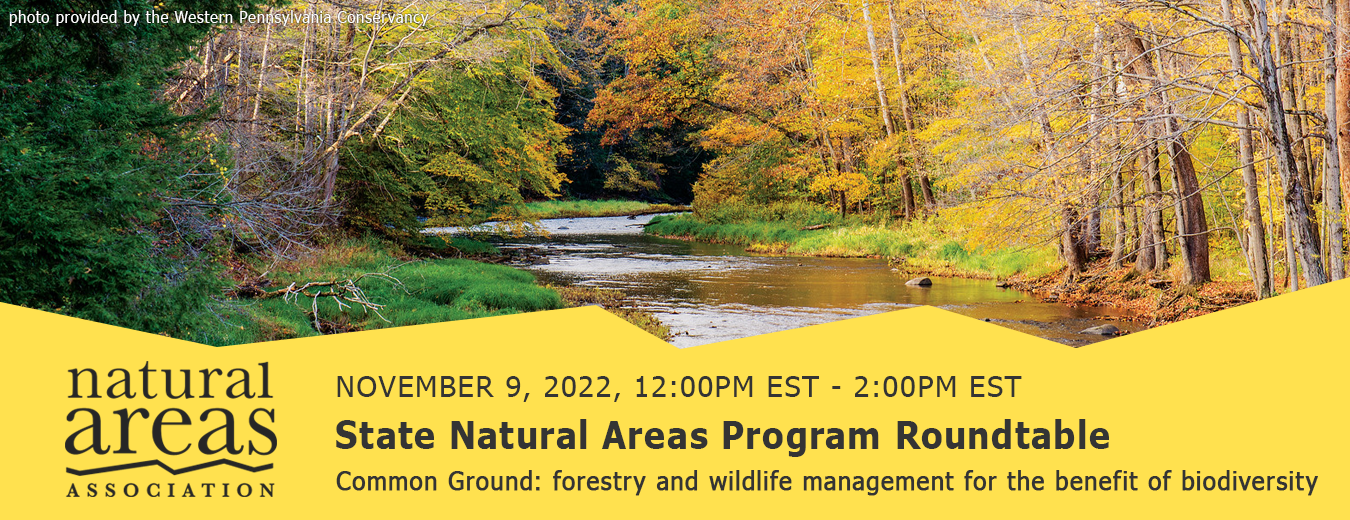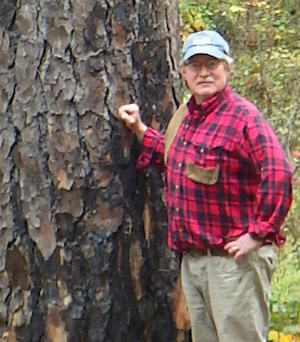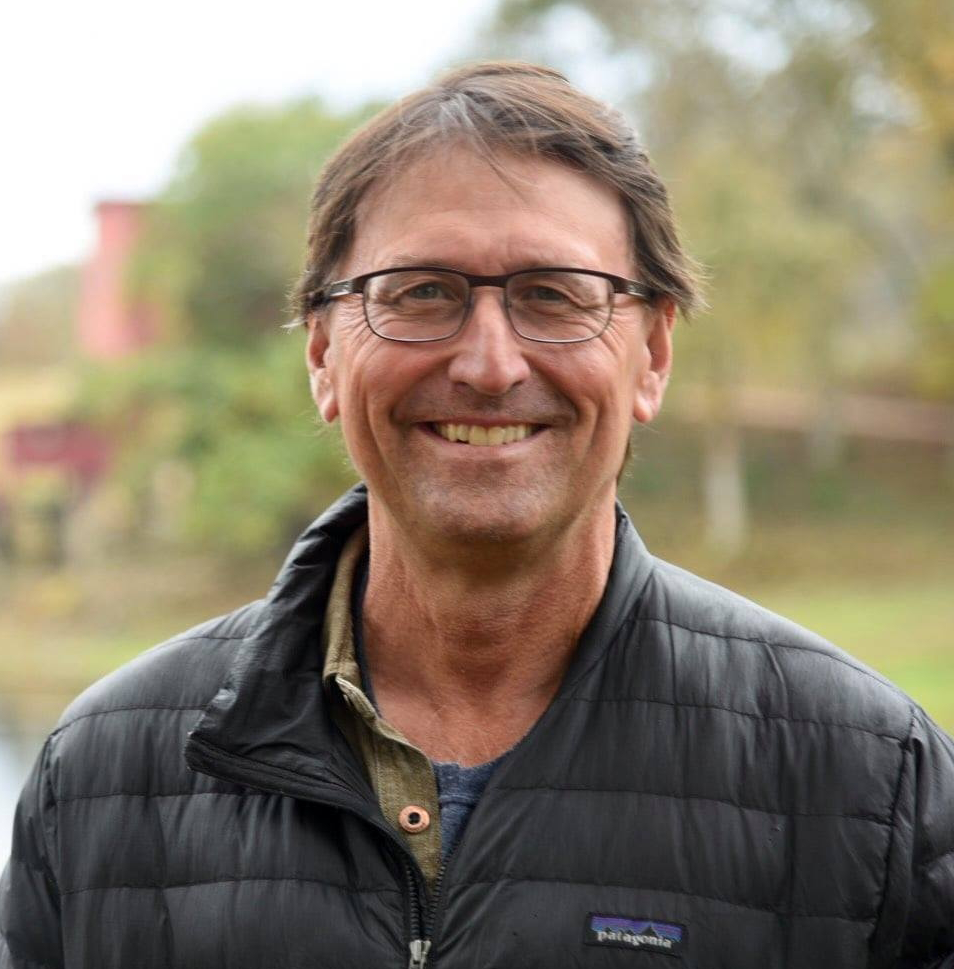
Description:
Wildlife biologists and foresters with local, state, and federal agencies and non-government organizations are increasingly tasked with managing more than just game species and wood products but a more wholistic range of habitat and species outcomes. At the same time, ecologists realize that the restoration of some natural communities can concurrently benefit non-focal game and nongame species resulting in healthy forests, some of which produce woods products. This State Natural Area Program Roundtable will include case studies where wildlife biologists and or foresters have joined forces with ecologists in restoration projects with multiple positive outcomes across many taxa groups.
| Time (EDT) | Session |
| 12:00 pm - 12:15 pm | Welcome and Introductions |
| 12:15 pm - 1:45 pm | Common Ground: Forestry and Wildlife Management for the Benefit of Biodiversity Presentations from practitioners offering case studies from the field. |
Open Pine Flatwoods Habitat Restoration in Southern Arkansas
| |
| |
Uneven-aged silviculture in oak-hickory-pine stands: Pioneer Forest, in the Missouri Ozarks
| |
An Introduction to Rapid Condition Assessments of Shortleaf Pine and Oak Woodland Ecosystems
| |
| 1:45 pm - 2:00 pm | Stewardship Shorts and Open Discussion Participants are invited to unmute to share ideas, techniques & methodologies, articulate issues and challenges, and invite suggestions and insights from your peers. Stewardship Shorts must be approved in advance. Indicate your interest when you register for the Roundtable. Deadline for submissions is November 7. |
| 2:00 pm | Conclusion |




Jim Guldin is a retired research forest ecologist living in Springfield Missouri. He has a BS in Forest Science from Penn State in 1975, a M.F.S. in Forest Science from Yale 1n 1977, and a Ph.D. in silviculture and quantitative ecology from the University of Wisconsin-Madison in 1982. Guldin served on the faculty of the School of Forest Resources at the University of Arkansas at Monticello from 1982-1992, and then spent 28 years as a research scientist, Project Leader, and Center Director with the Southern Research Station of the USDA Forest Service, working from a duty station in Hot Springs, Arkansas.
During his career, Guldin developed a reputation as the Forest Service R&D expert on the silviculture of southern pines, especially naturally-regenerated southern pine stands managed using even-aged and uneven-aged methods. His career coincided with dramatic changes in management of National Forest lands
under ecosystem management through the 1990s, and more recently in the interest in ‘ecosystem restoration’ in the 21st century, especially in fire-adapted southern pine ecosystems dominated by longleaf pine or shortleaf pine. He’s published more than 170 research papers, and has given more than 200 presentations including 20 invited keynote presentations for regional, national, and international conferences. He’s also led more than 250 boots on the ground field tours in the woods for student groups, landowners, land managers, private companies, conservation groups, resource managers, and policy makers with the USDA Forest Service.
Since his retirement from Federal service at the end of 2020, Guldin volunteers as a member of the Board of Directors of the L-A-D Foundation, which operates the 146,000-ac Pioneer Forest as a conservation-based working forest. He’s also been brought back to the Forest Service under the USDA National Experienced Worker (NEW) Solutions program as a part-time silviculture expert in continuing education for agency personnel. Guldin was elected as a Fellow of the Society of American Foresters in 2020, was inducted into the Arkansas Foresters’ Hall of Fame in 2021, and is the recipient of the 2022 Lifetime Achievement Award for Silvicultural Excellence from the Washington Office of the USDA Forest Service.


Support the people who manage our natural areas and protect biodiversity in perpetuity.